Usability courses
Disability courses
About this course
Explore different ways of thinking about, and working with, disability and accessibility.
In this half-day course, you will learn about:
- Disability in Australia (known and estimated levels)
- Ways of thinking about disability (the medical model and the social model)
- Accessibility standards (focusing on WCAG)
- Inclusion and inclusive design
This course is for people who:
-
- Are making a new online service
- Are improving an existing online service
- Want to build innovation capacity in their team
- Want to foster inclusiveness in their team
- Are obliged to have their online service meet minimum standards for accessibility
The online version of this course uses a combination of:
-
- small group discussions (breakouts)
- collaboration tools (such as whiteboards and polls)
- lecture content (with slides)
- video content
This course has been developed with accessibility in mind.
Find out more about how Great Question courses are taught online
The in-person version of this course uses a combination of:
-
- small group discussions
- collaboration tools (for example: pen and paper, sticky notes)
- lecture content (with slides)
- video content
The in-person version of this course has been developed with accessibility in mind.
This course was designed with the needs of the APS (Australian Public Service) in mind.
It is informed by:
Learning outcomes from the APS learning design standards for digital can be found at the bottom of
What you’ll learn
Key learning outcomes
At the end of this course, you will be able to:
- Describe the medical model of disability
- Describe the social model of disability
- Describe the estimated levels of disability in Australia
- Define ‘impairments’ and ‘barriers’
- Describe the four fundamental principles of WCAG
- Describe the limitations of WCAG assessments
- Describe how accessibility fits in the Disability Discrimination Act (1992)
- Describe the legal risks associated with inaccessibility
- Understand how accessibility is embedded in the Digital Service Standard (APS only)
- Describe the three principles of inclusive design
- Name some common assistive technologies
- Name common adaptive technologies (eg screen readers)
- Identify the difference between person-first and identity-first language
- Understand that there are risks associated with attempting design for disability without consulting people with disabilities
- Understand that good intentions are not sufficient in delivering accessible services
- Describe ways of championing accessibility with stakeholders
APSC learning outcomes
This course aligns to learning outcomes set out in the APSC (Australian Public Service Commission) Learning Standards for Digital and the SFIA digital skills and competency framework.
Interaction design
2. User research for Interaction design
2.1 Understand the problem set and the needs of the User: discover the needs of the user, undertake research to generate user insights along with the User Researcher.
2.2 User Research for the purposes of Interaction Design: design, run and analyse experiments which generate user insights
Accessibility and inclusion
1. Accessible and inclusive Australian Government services
1.1. Defining accessibility and inclusion: explain the importance of making Australian Government services inclusive and accessible.
2. Mandatory requirements for accessibility
2.1. Comply with accessibility legal and policy framework
3. Accessibility throughout the product lifecycle
3.1. What to do in Discovery
Influence discovery research to address accessibility and inclusion
4. Championing accessibility within your organisation
4.2. Advocating for change: promote an organisational focus on accessibility and inclusion.
4.3. Influencing strategically
Influence and negotiate to ensure accessibility and inclusion are considered in corporate decision making
User research
1. The role of user research in the digital service design context
1.1. User research for government services:
Describe the role of user research in meeting the Digital Service Standard
Explain the importance of understanding all user groups
Conduct user research
Conduct user research as a team sport
2. User research protocols and governance
2.2. Ethics: apply ethical considerations in designing and conducting research
3. User research in the different design and delivery phases
3.1. User research in discovery:
Describ0e the purpose of user research in discovery
Identify user groups to conduct research with
Select the user research activities in discovery
Describe the user research activity outcomes
4. Methods and tools of user research
4.1. Selecting the right research method:
Define a technique to help in applying a user research method
Identify the intended stage and purpose for each method

